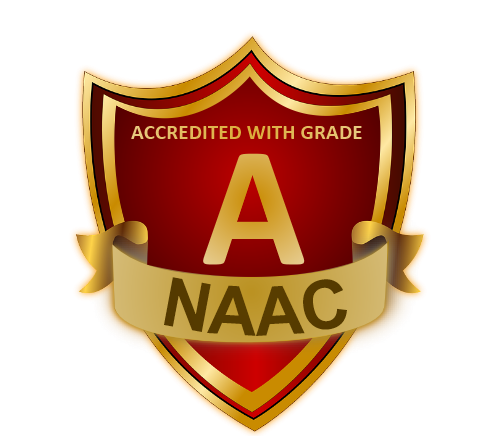 Counselling Code: 2734
Counselling Code: 2734


department of electronics and communication ENGINEERING
PROGRAM EDUCATIONAL oBJECTIVEs
PROGRAM EDUCATIONAL OBJECTIVE 1
Core Competence: To provide students with a solid foundation in Mathematical, Scientific and Engineering fundamentals required to solve Engineering problems.
PROGRAM EDUCATIONAL OBJECTIVE 2
Research: To develop the ability to find solution to the problems in various areas of Electronics and Communication Engineering.
PROGRAM EDUCATIONAL OBJECTIVE 3
Lateral Thinking: To train students with good Scientific and Engineering breadth so as to comprehend, analyze, design and create novel products and solutions for the real life problems.
PROGRAM EDUCATIONAL OBJECTIVE 4
Leadership: To inculcate in students professional and ethical attitude, effective communication, team building, multidisciplinary approach, and an ability to relate Engineering issues to broader social context.
PROGRAM EDUCATIONAL OBJECTIVE 5
Lifelong Learning: To integrate the knowledge and skills on software applications for their excellence in lifelong learning.
OUR
PROGRAMME SPECIFIC OUTCOMES
PROGRAM SPECIFIC OUTCOME 1
Create, Select and apply appropriate techniques, resources and modern Engineering tools including design and modeling to complex problems.
PROGRAM SPECIFIC OUTCOME 2
Design a Variety of system for applications including Embedded system, Communications and methods for producing high quality, compact, energy efficient models.
